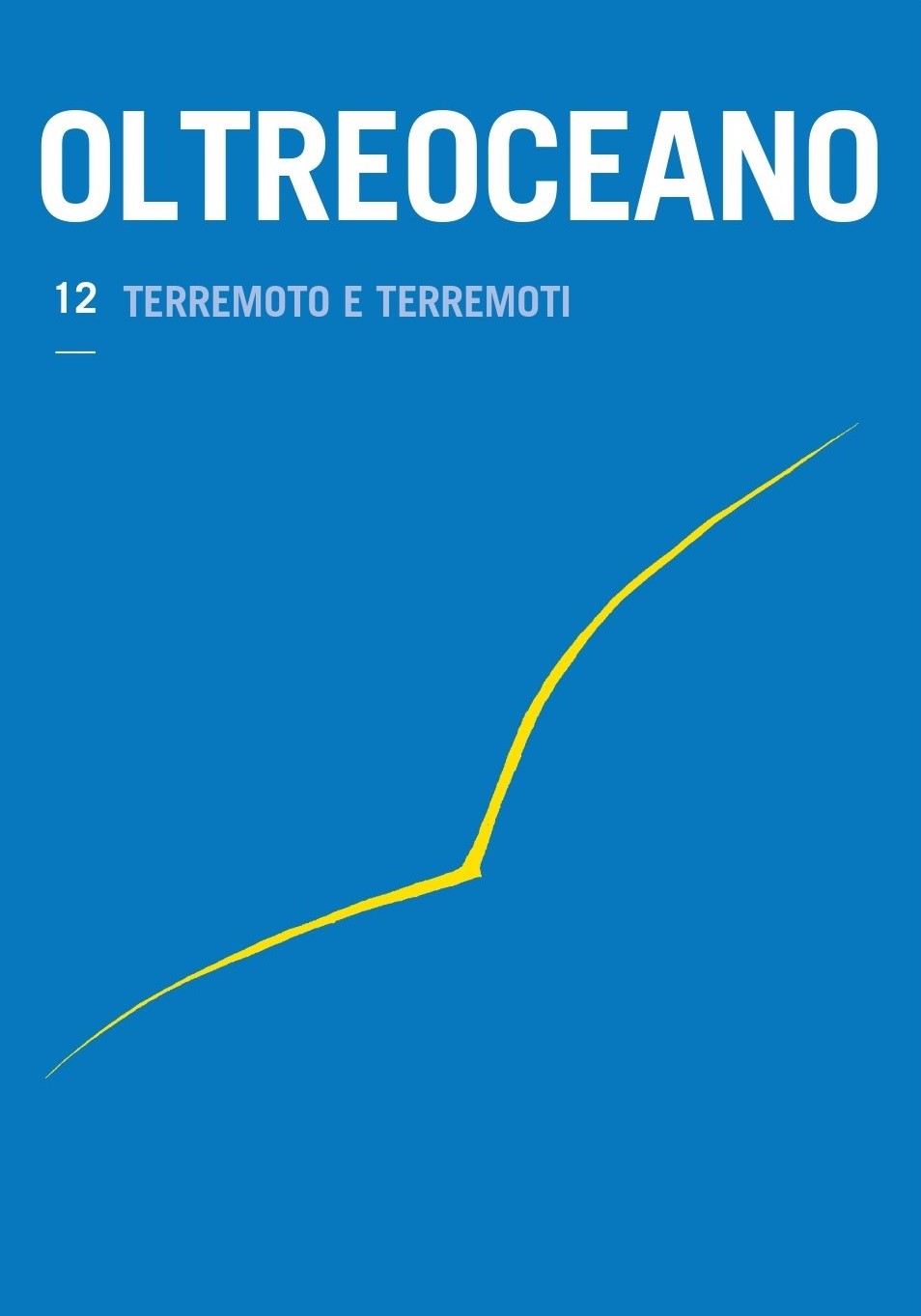No. 12 (2016): The 1976 Earthquake and Other Quakes

This special monographic volume is dedicated to the terrible earthquake which devastated Friuli and the entire Friuli Venezia Giulia region on May 6, 1976 at 09:06 p.m. with a magnitude of 6.4. For the recurrence of its 40th anniversary, the volume seeks to internationally acknowledge the event by examining the literature its tragic consequences produced. A first section focuses on Europe, and in particular, on Friuli, which became a model for crisis management and post-quake reconstruction, and on Romania, which is, together with Italy and Greece, the most geologically instable area of Europe and the country at greatest seismic risk in the Mediterranean. This first section also includes a technical study carried out by the researchers of the Institute for Construction Technology of the National Research Council (Italy), based in San Giuliano Milanese (MI). The following sections focus on North and South America: the former examines how Friulian immigrants to the US and Canada (including the Francophone province of Quebec) shared the suffering and hardships of their fellow countrymen and provided humanitarian and economic aid; the latter draws, instead, attention to the never-ending quakes and natural catastrophes which constantly hit Latin America. A final section is dedicated to creative texts (poems and stories) which witness how the same feelings, fears and hopes can be communicated through different languages and means. Literature takes on the meaningful task of helping to face trauma and suffering by prompting a search for truth and by voicing the resilience of the victims. Just as some materials withstand shocks without breaking, individuals can recover from a tragic event and the discontinuity of dynamic systems by transforming the crisis into new opportunities and hope for the future.












